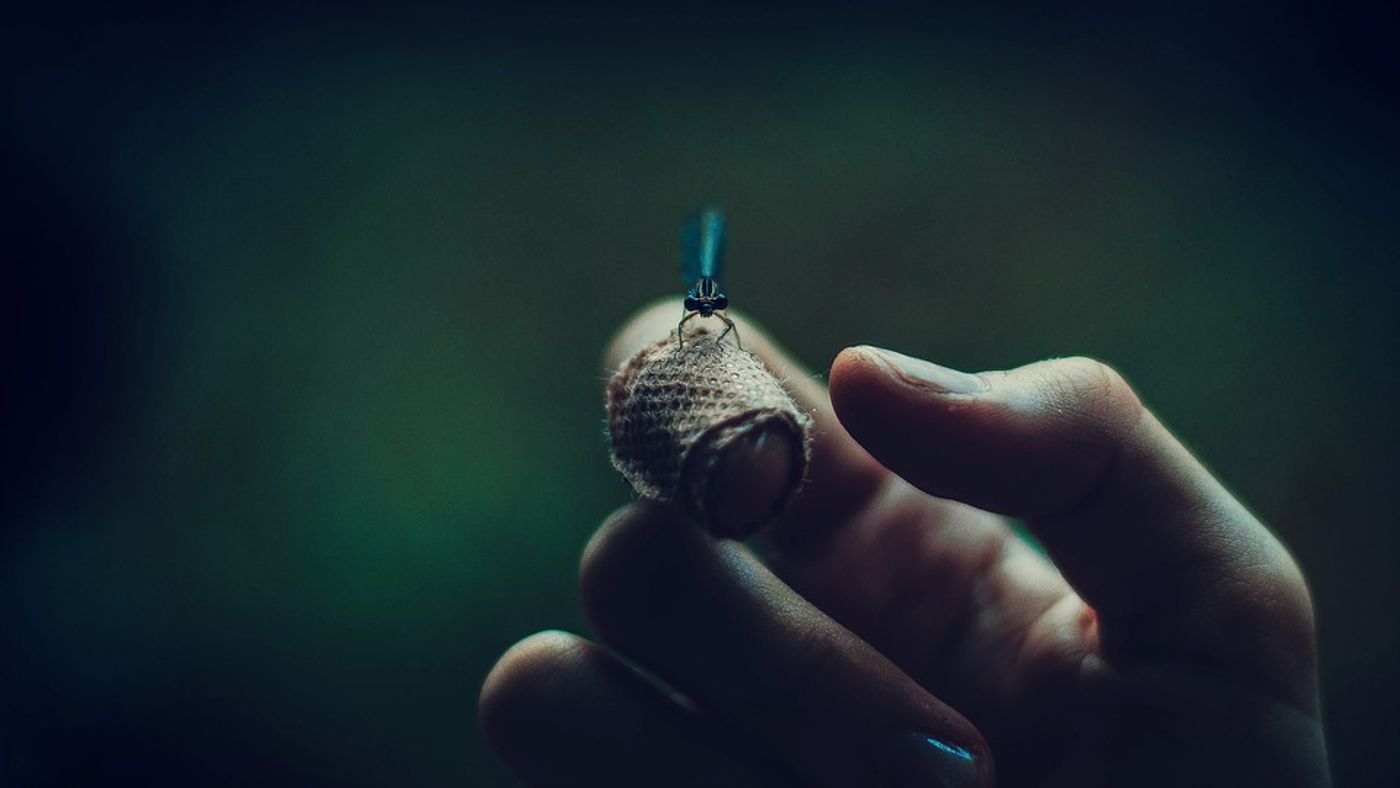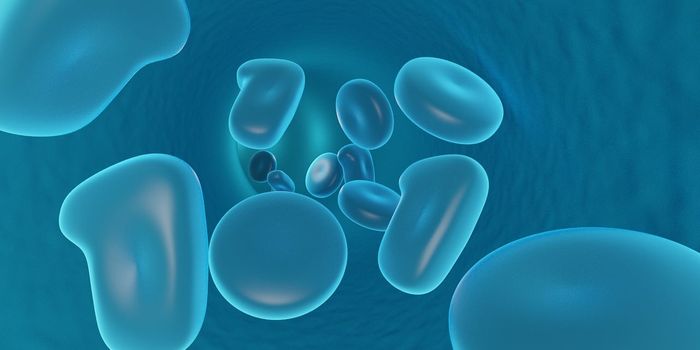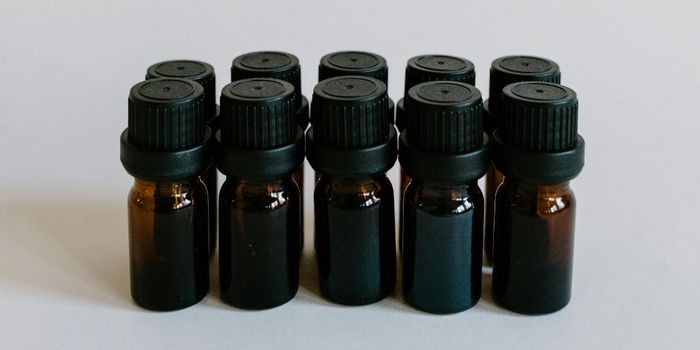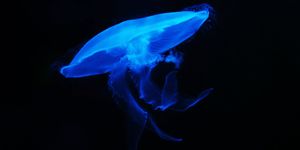What fireflies' bioluminescence can teach us about mitochondria and cancer
Researchers have developed a technique to measure mitochondria activity in cells using a molecule from fireflies. The method will shed light (pun intended) on how the mechanisms of mitochondria function and fail to function, later resulting in diseases like diabetes, cancer, and Parkinson’s. Their findings have been published recently in Nature Chemical Biology.
The method described by lead author Elena Goun will provide an animal model (live mice) for understanding the role of mitochondria in diabetes, oncology, aging, nutrition, neurogenerative diseases. Previously, the role of mitochondria could only be measure in cultured cells.
"Cell cultures are not very effective in studying diseases linked to mitochondria", says Goun, who is a professor at EPFL. "Cancer or diabetes involve complex exchanges between various types of cells, therefore we need animal models. Our process can measure varying degrees of mitochondria activity, and not just an on / off signal. It is extremely sensitive - much more than a PET scan - affordable and easy to implement.”
The mice are genetically modified to express a light-producing enzyme seen in fireflies called luciferase. When combined with luciferin, the injected luciferase lights up the mitochondria of the mice. "In a completely darkened room, you can see the mice glowing, just like fireflies," says Goun.
The researchers can then measure the light intensity in order to determine the functionality of the mitochondria. When mitochondria function at lower efficiency levels, their membrane lets in less chemical compounds, resulting in lower luminosity.
The team confirmed their findings by testing the technique on older mice (that should show lower-functioning mitochondria) and using a mitochondria-rejuvenating supplement called nicotinamide riboside. From these experiments, they saw that, as expected, luminosity decreased in the older mice and increased when mice were given nicotinamide riboside. They also showed that the technique held true for animal models of cancer, knowledge which could open doors for future drug development.
Sources: Nature Chemical Biology, Eureka Alert









